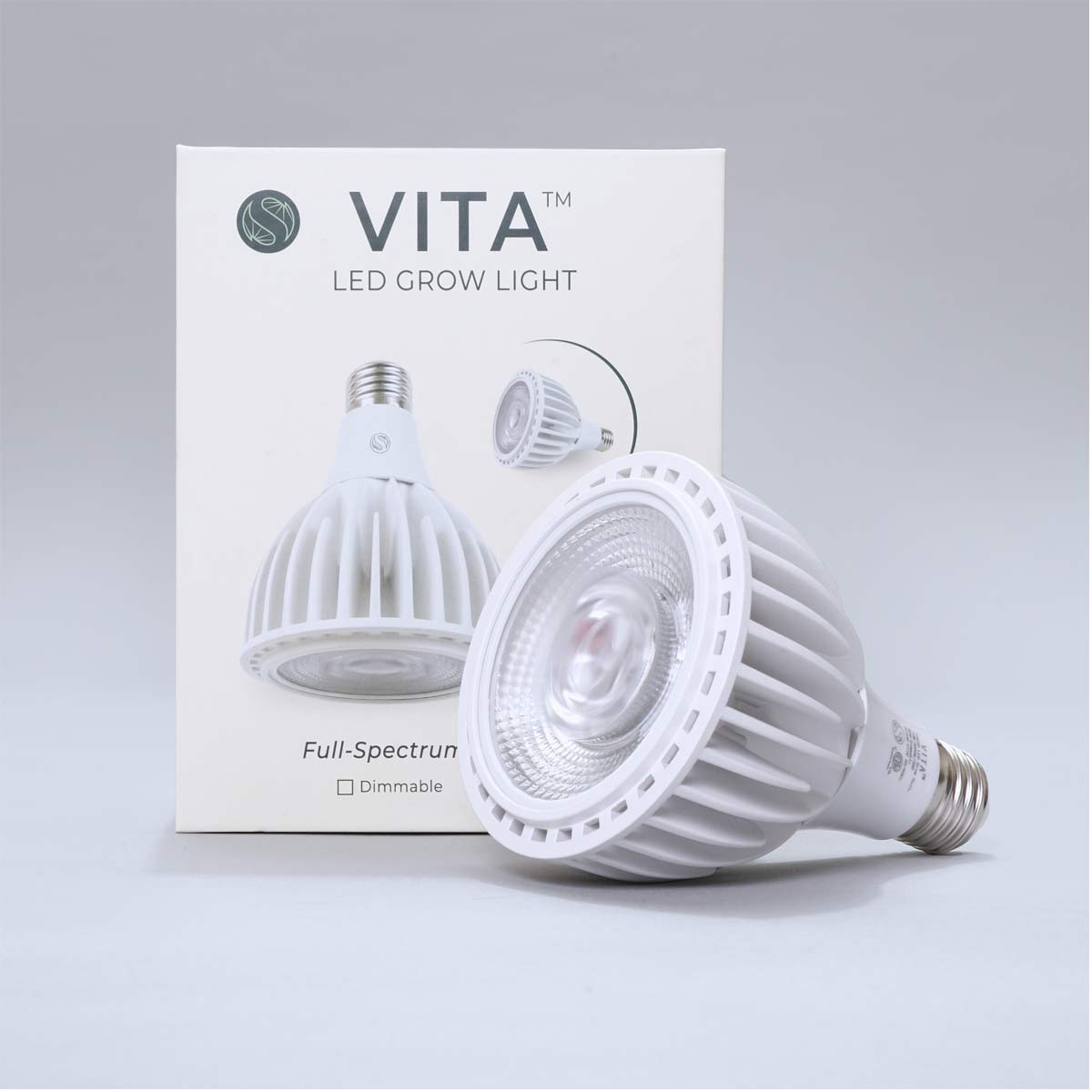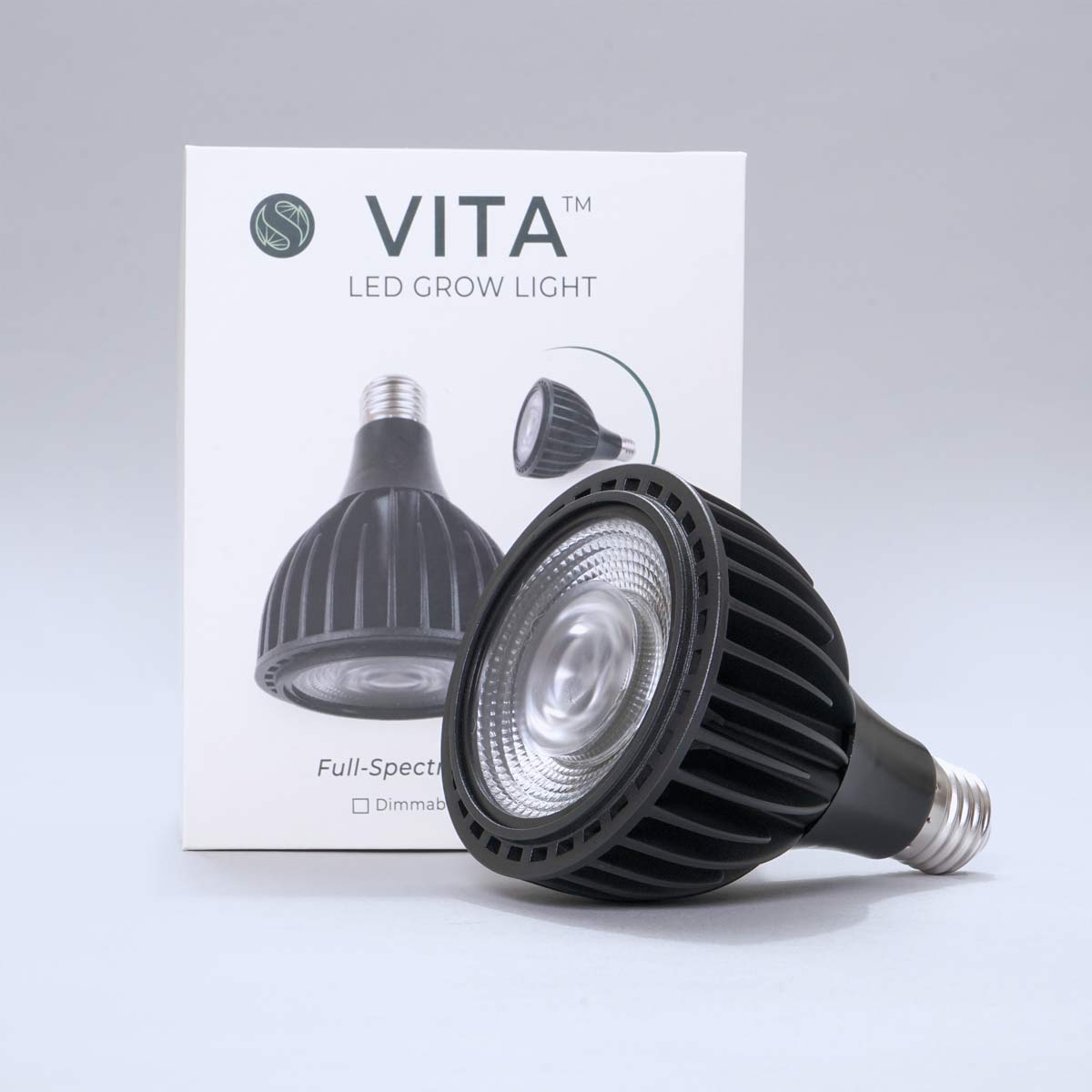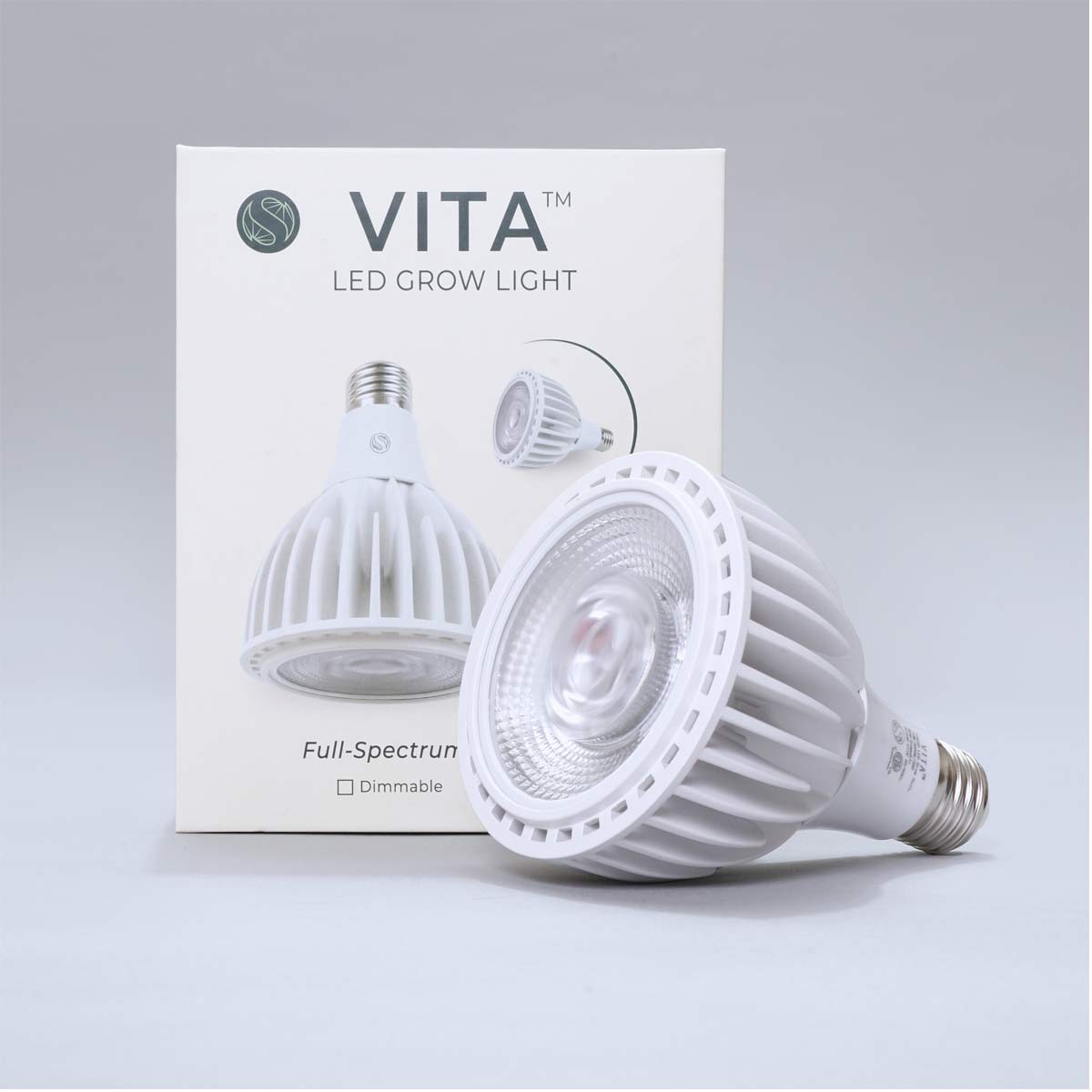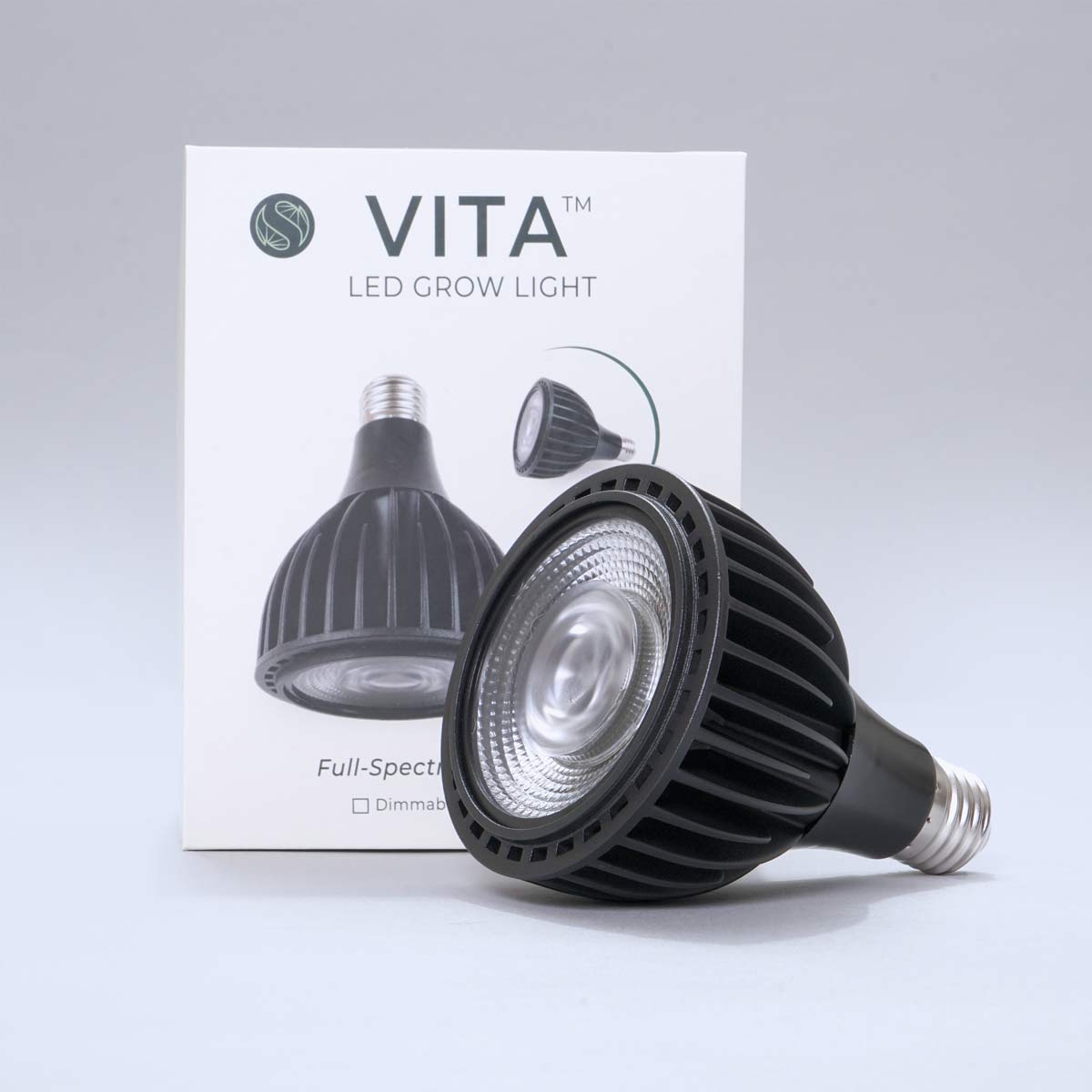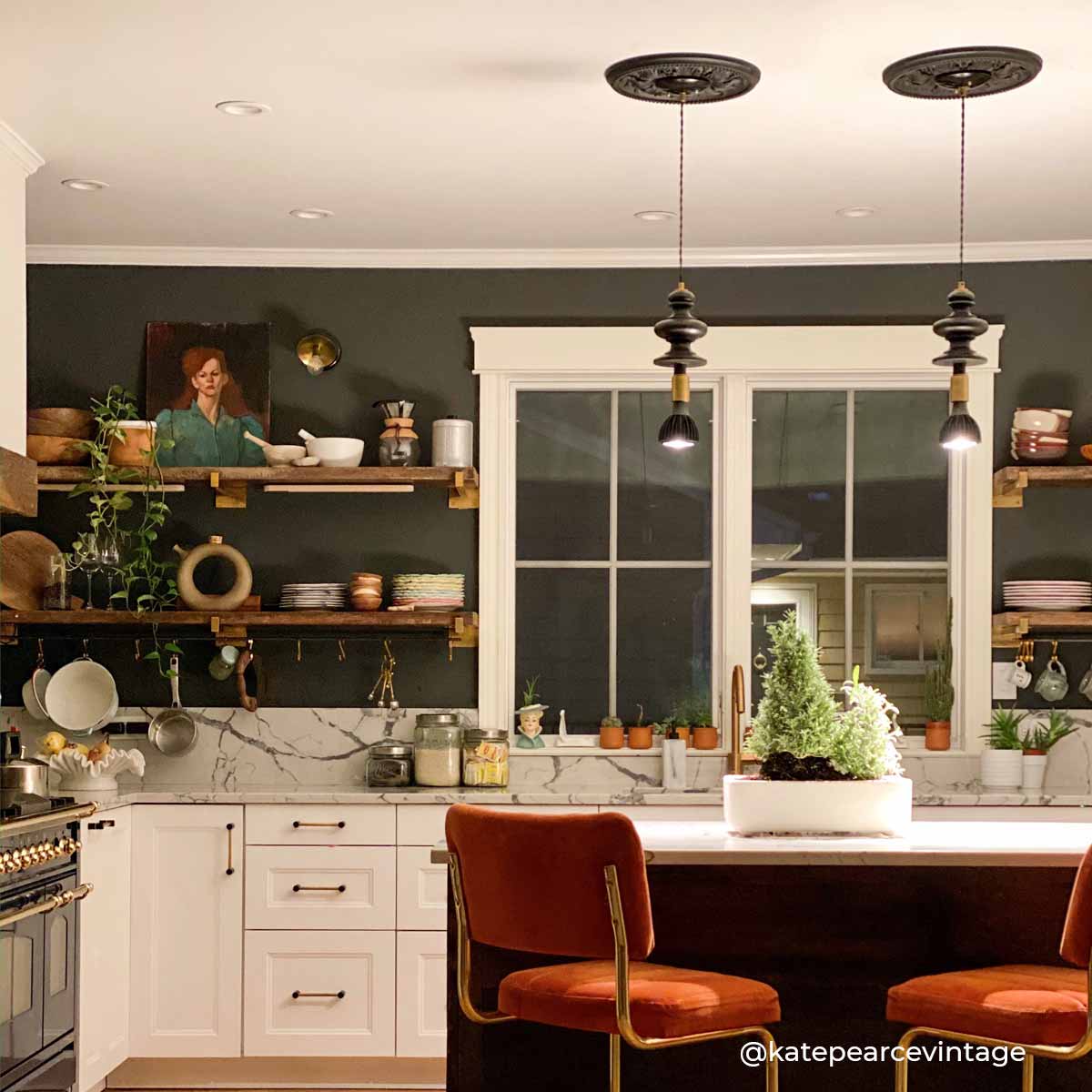Philodendron and their sub-family Aroids come in all different shapes and sizes. From the coveted Monstera Deliciosa to the Birkin pictured, Philodendron are excellent houseplants as they thrive in indirect light, comparable to the tree canopies they tend to grow under, and they are quite forgiving in terms of care.
-
Soil
Almost any well-draining potting mix will be sufficient for Philodendron. Our go-to recommendation for a high-quality soil that’s fast draining is Fox Farms Ocean Forest.
-
Watering
Water Philodendron when the top few inches of the soil is dry. sure to discard any water that drains from the bottom to avoid root rot. Your Philodendron's watering schedule will also vary greatly depending on the amount of light it receives. As such, reduce watering over the winter months when it will be receiving less natural light.
-
Sunlight
Philodendron will thrive in bright, indirect light. It can tolerate medium light but growth may be slower. For the variegated varieties such as the Birkin or Albo variants, make sure they receive lots of bright light or you may notice the variegation will fade. Full, direct sun can cause the leaves to dry and burn.
-
Humidity
Average household humidity is acceptable for most Philodendron varieties however they will thrive if it is a bit higher. Especially in the cold, dry winter months when our heaters are running, it can be good to run a humidifier or give Philodendron a daily misting.
-
Fertilization
When it comes to fertilizing Philodendron, they will only need it in the spring and summer months, about once a month. Fertilize every other month in the fall and winter months, or hold off altogether while in its dormant period.
FAQ’s
-
Pet friendly?
-
No-this plant is not pet friendly so avoid putting it where pets or children can get into.
-
- Propagation
- Philodendron are notoriously one of the easiest plants to propagate. The process is as simple as cutting a healthy stalk with at least one developed leaf, and plopping that stalk into a jar of water. Put your jar with the propagated stalk in a place that it will receive bright, indirect light and just be sure to change the water regularly. Depending on the time of year, within 6-8 weeks you should start to notice roots developing from the stalk and when it's ready, you can go ahead and pot that stalk into soil.


